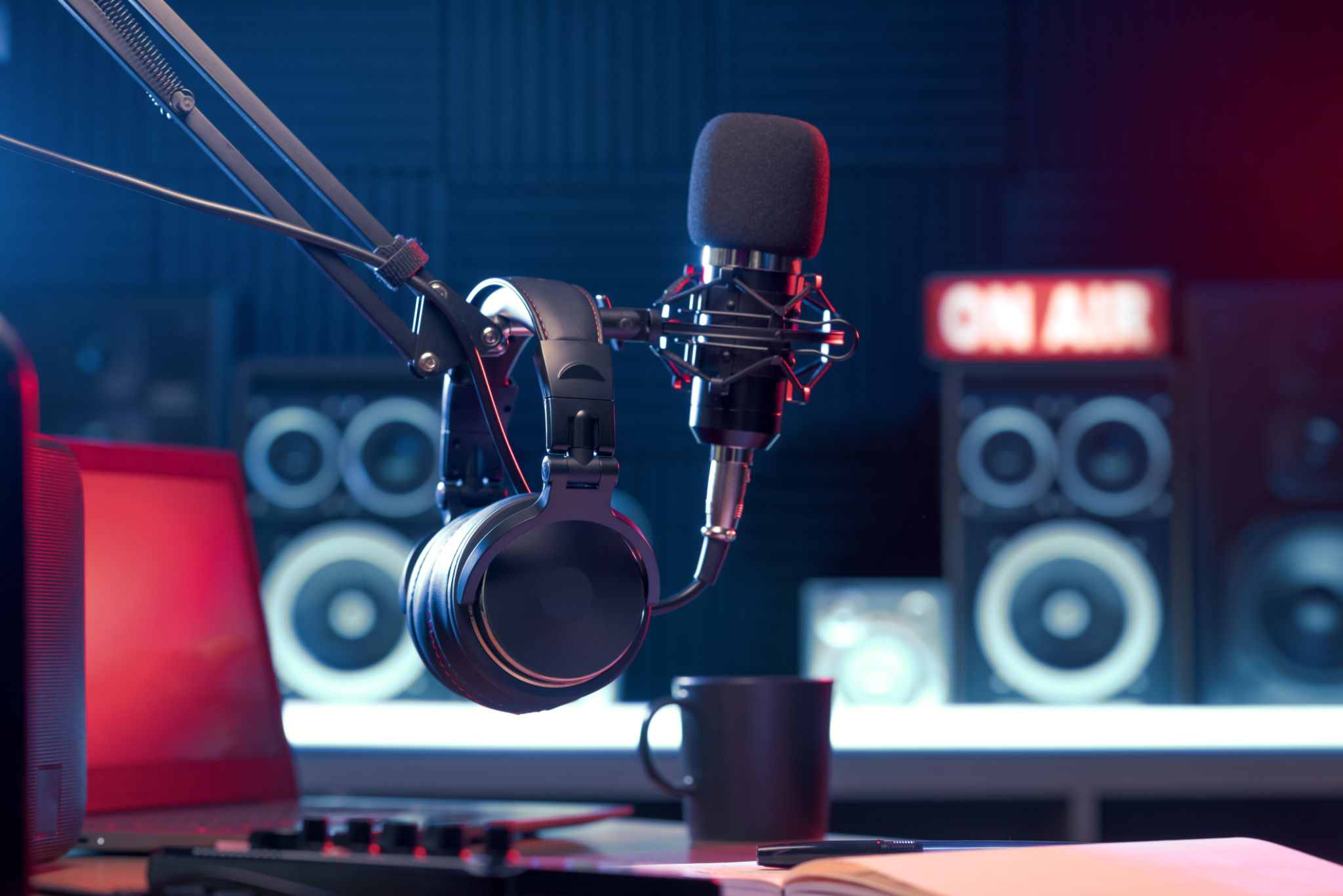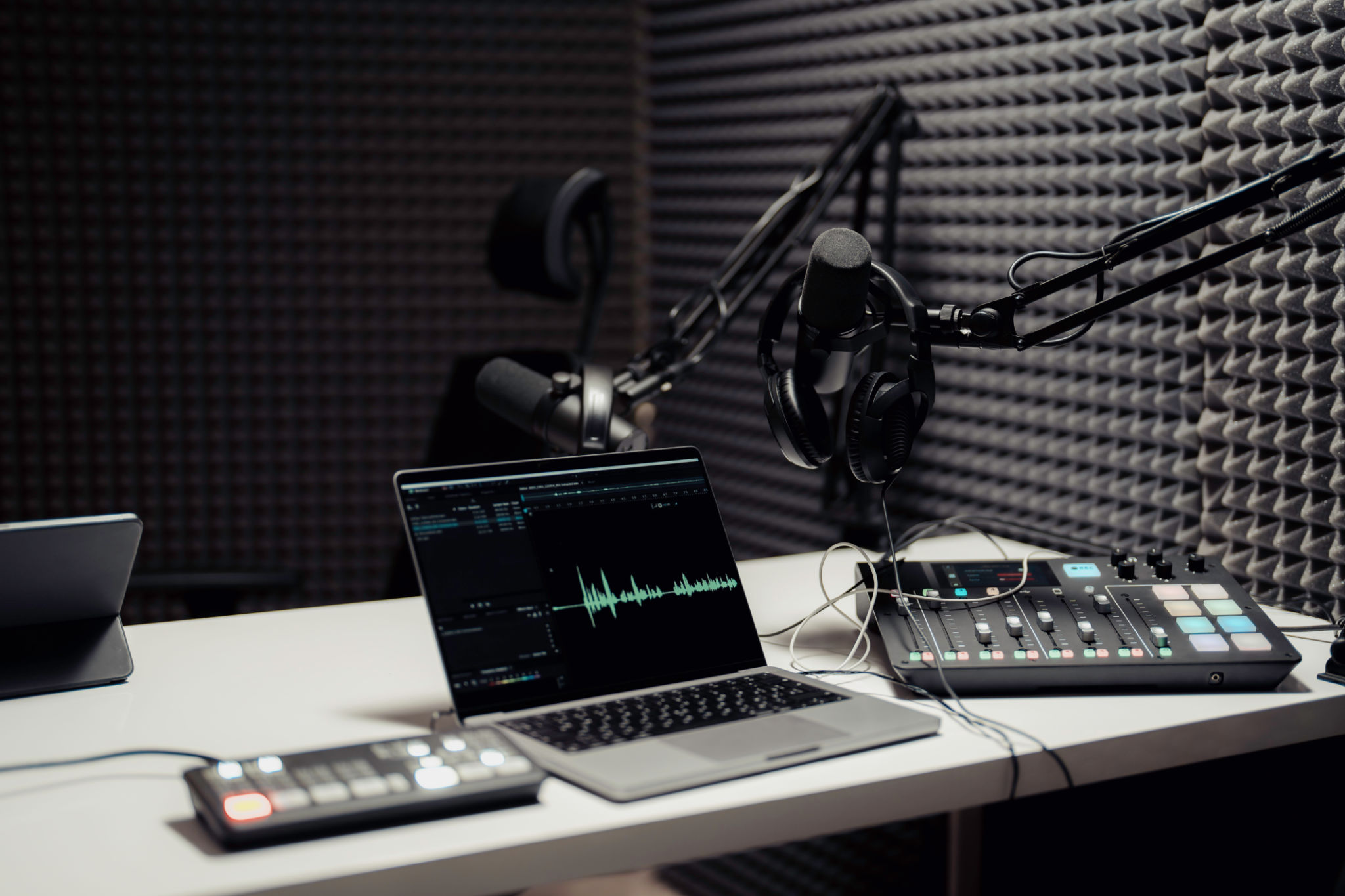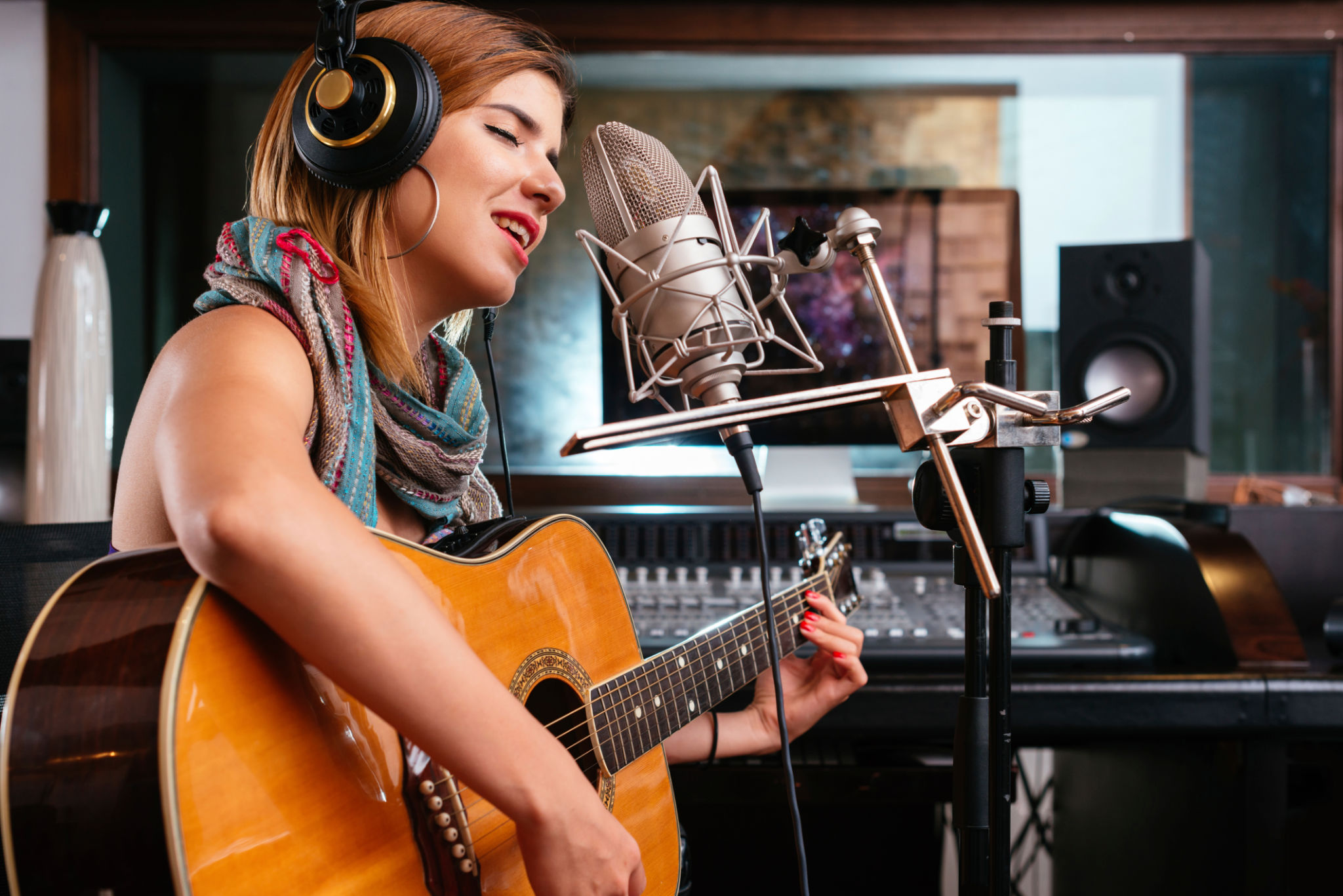The Ultimate Guide to Recording Your First Track
Understanding the Basics
Recording your first track is an exciting venture, whether you're a budding musician or an aspiring producer. Before diving into the technical aspects, it's essential to grasp the basics. Knowing what you want to achieve and understanding the fundamental components of recording will set you up for success. These components include choosing the right equipment, setting up your recording space, and getting to grips with digital audio workstations (DAWs).

Choosing Your Equipment
The equipment you choose can significantly impact the quality of your recording. At a minimum, you will need a computer capable of running recording software, a quality microphone, a digital audio interface, and headphones or monitors for playback. Investing in good-quality equipment will ensure that your tracks have a professional sound.
Start by selecting a microphone that suits your needs. For vocals, a condenser microphone is often preferred due to its sensitivity and clarity. For instruments, dynamic microphones can be a versatile option. Consider brands like Shure or Audio-Technica for reliable choices.
Setting Up Your Recording Space
Your recording space doesn't need to be a professional studio, but it should be optimized for sound quality. Choose a quiet area with minimal background noise and consider adding acoustic treatment like foam panels to reduce echo and sound reflection. This can drastically improve the quality of your recordings.

Mastering Your Digital Audio Workstation (DAW)
The DAW is the heart of your recording setup. Popular options include Ableton Live, Logic Pro X, and FL Studio. Each has its own advantages, so explore the features and choose one that aligns with your music style and workflow preferences. Spend time learning the software through tutorials and practice sessions to maximize its capabilities.
As you become more familiar with your DAW, you'll find it easier to record, edit, and mix your tracks. Most DAWs offer extensive online resources and user communities where you can seek advice and share tips with other users.
Recording Your First Track
Now that you have your setup ready, it's time to start recording. Begin by setting up a click track or metronome to keep time. This will help ensure consistency throughout your track. Record one instrument or vocal track at a time, focusing on capturing a clear and strong performance.

Don't worry if you don't get it perfect the first time; recording is often an iterative process. Use your DAW's editing tools to cut, copy, and arrange segments until you're satisfied with the result.
Mixing and Mastering
Once all your tracks are recorded, it's time to mix them into a cohesive piece. This involves adjusting levels, panning tracks in the stereo field, adding effects like reverb or delay, and ensuring each element fits well together. Mixing is an art form in itself, requiring patience and practice.
After mixing, mastering is the final step. It involves preparing your track for distribution by enhancing its overall sound quality and ensuring it sounds good on all playback systems. If you're new to mastering, consider using online mastering services or consulting with a professional.
Sharing Your Music
With your track completed, it's time to share it with the world. Platforms like SoundCloud, Bandcamp, and Spotify are excellent for reaching audiences worldwide. Create engaging cover art and write a compelling description to attract listeners.

Engage with online communities and social media to promote your music. By actively sharing your work and gathering feedback, you'll continue to grow as an artist or producer.